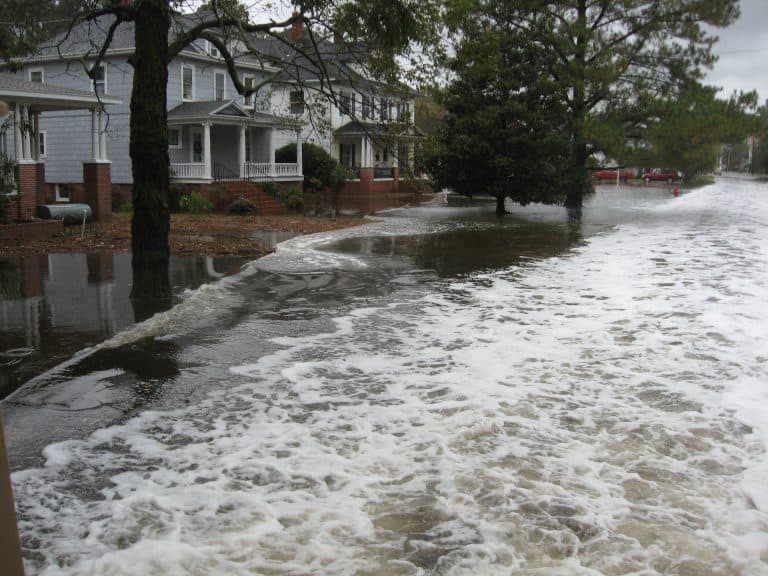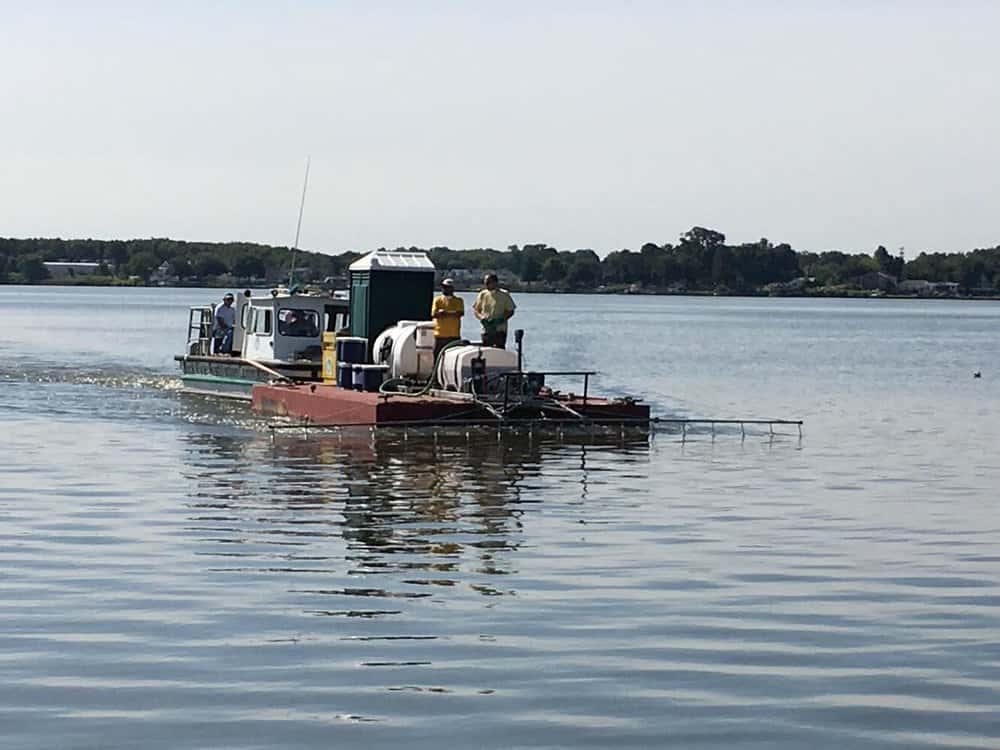The Maryland Department of Natural Resources has awarded $700,000 in climate resilience grants to 14 Maryland communities to protect them from flooding and sea level rise brought on by climate change.
The goal of the grants is to help affected communities better assess climate risks through planning and to increase their capacity to handle weather and climate-related events.
One community receiving grant funding is the West River United Methodist Center, the site of summer church camps and weekend retreats since the early 1950s. Situated on the West River in Anne Arundel County, the center hosts about 100,000 guests annually and plans to use the grant money to protect the property against erosion, sea level rise and storm water pollution.
“The center previously installed 1,000 feet of living shoreline, and the new project will replace about 760 feet of the current hardened shoreline with a living shoreline able to adjust to natural disturbance from waves and water,” said Nicole Carlozo, a natural resource resiliency planner with the Department of Natural Resources.
Nearby, the community of Deale Beach on Herring Bay, just off the Chesapeake, has a failing bulkhead. “Deale is one of the most vulnerable areas to sea level rise in Anne Arundel County,” said Carlozo, “and its location in a high-energy environment leaves it more prone to erosion from storms.”
Fixing the bulkhead is just one of several resiliency projects that the community has put efforts into. “The projects are designed to be nature-based adaptation strategies that local homeowners can use,” said Carlozo.
Another community receiving a climate resilience grant is St. Mary’s Catholic Church in Annapolis. Located on Spa Creek, the church is looking to re-establish a living shoreline that works hand-in-hand with stormwater practices addressing water quality and quantity. The city itself also hopes to reach out to the public about reducing flooding risks in the area.
Low-lying coastal Annapolis is susceptible to flooding anytime during the year, but especially from March through September, according to the city’s website. When floodwaters are surging, sanitary sewers and other stormwater and flood control systems are incapacitated, causing the water quality to decrease.
All of the projects will use green infrastructure to combat storms and waves affecting the area. While they can’t completely prevent rising water, they do offer a buffer between the community and the water, saving homeowners from having to deal with the negative impacts of flooding and erosion.
—Natalie Jones




